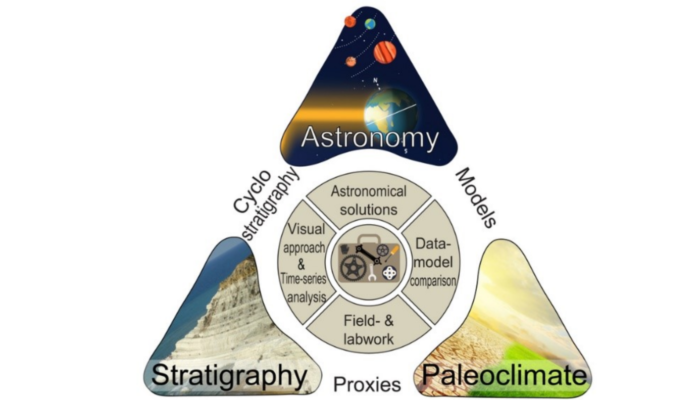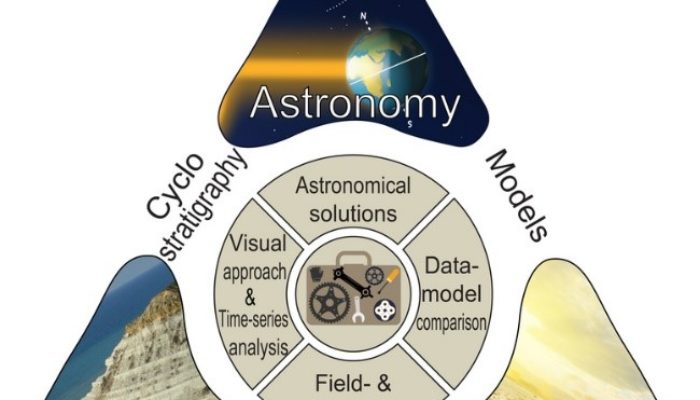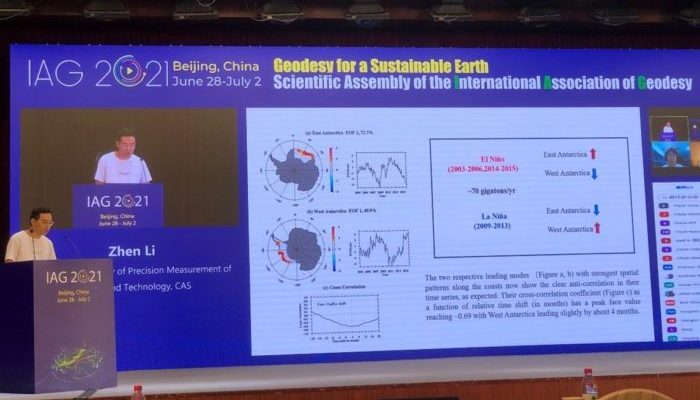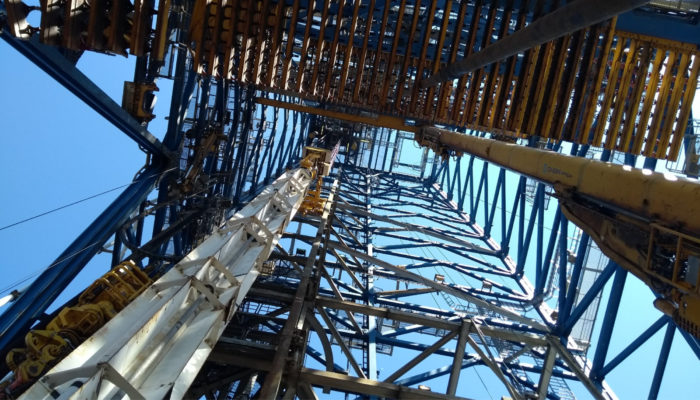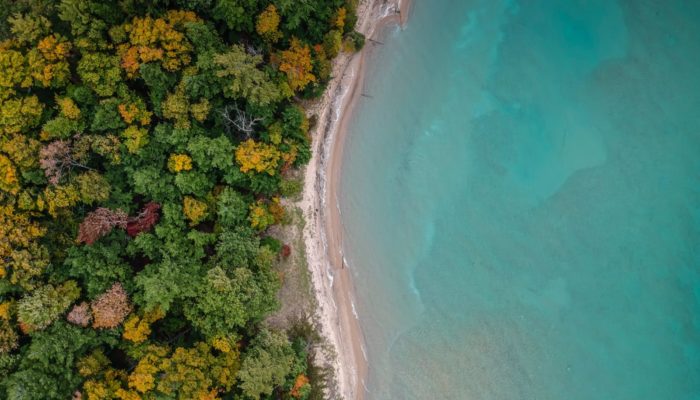Cyclostratigraphers aim to read and understand the effect of climate-driven orbital changes in the geological record through time. In doing so, they start from an important prerequisite: An imprint of insolation variations caused by Earth’s orbital eccentricity, obliquity and/or precession (Milankovitch forcing) can be preserved in the geological rock record. The new www.cyclostratigraphy.org webs ...[Read More]
Climate: Past, Present & Future
An online learning platform for cyclostratigraphy – www.cyclostratigraphy.org
Cyclostratigraphers aim to read and understand the effect of climate-driven orbital changes in the geological record through time. In doing so, they start from an important prerequisite: An imprint of insolation variations caused by Earth’s orbital eccentricity, obliquity and/or precession (Milankovitch forcing) can be preserved in the geological rock record. The new www.cyclostratigraphy.org webs ...[Read More]
Geodesy
Notes from a hybrid conference
With the COVID pandemic still ongoing, many conferences have been taking place online or have opted for a hybrid format, with combined on-site and online program parts. To many of us this still a rather new experience, so we decided to share some of the impressions we gathered in the hybrid meetings we attended so far. At the beginning of July, the International Association of Geodesy (IAG) Scient ...[Read More]
Geodynamics
The Sassy Scientist – The Virtual Welcome Drink
We live in crazy times! Remember the times when we could just hang out with people without fear of being infected by a life-threatening desease? Me neither. Fasim asks a question that must be keeping a lot of us up at night: First day on new job in quarantine…what do I do? Dear Fasim, First of all, be happy you actually landed said job. In today’s market that is always good cause for celebra ...[Read More]
Geodynamics
Plate tectonics from a perspective of continental crustal growth
Understanding the plate tectonics initiation can give us incredible opportunity to guess the physical state of the early Earth. This week, Hee Choi, a Ph.D. candidate, takes us on a journey on initiation of plate tectonics and how continental crustal growth is related to it. Our planet Earth is the only place where plate tectonics takes place. No other planet or rocky moon in our solar system has ...[Read More]
Geochemistry, Mineralogy, Petrology & Volcanology
Drilling in the deep: Project Mohole and the underground space race
The mantle makes up the bulk of Earth, extending from near the surface to the edge of the core 2900 km down. It constitutes 84% of Earth’s volume and has roughly 6 times the mass of Mars! Despite its impressive bulk, the mantle is almost everywhere covered by several km of crust. As a result we don’t have a lot of pieces of it that we can look at, hold or study. Those we have (e.g. xenoliths ...[Read More]
Biogeosciences
From the forest to the ocean – get to know the new ECS representative team of the Biogeosciences division!
The Biogeosciences division is among the most diverse in the EGU, from marine and terrestrial sciences to extraterrestrial studies and remote sensing applications. Therefore, there is a need of a team of ECS representatives covering a wide range of research interests and topics. Do you want to know them? Elisabet Martínez-Sancho is a postdoctoral researcher at the Swiss Federal Insti ...[Read More]
Seismology
“State of the ECS”: Proudly presenting the new commers!
Maria here! Well, it has been some time but now we have some exciting news! Our little ECS group is not that little anymore. After EGU five, yes I repeat, five new members joined our team! Yay. Without further ado, I give the floor to the newbies, so they can introduce themselves. Hi everyone! This is Angel! (Yes, it’s my real name!) I’m a geophysics PhD s ...[Read More]
Natural Hazards
Meet and greet with the Natural hazards Early career scientists Team – NhET
Do you know that there is a Natural Hazards team of clever, fun and friendly early career scientists? This team takes care of the blog you are reading (and we hope enjoying) and organises and helps with sessions, short courses and great debates during the EGU General Assembly. Moreover, we created a network of early to mid-career scientists from different disciplines and backgrounds of the Natural ...[Read More]
Geodynamics
The Sassy Scientist – Swimming with the Sharks
While savouring a refreshing beverage and browsing through news of [yet another] dystopian summer, Ethan keeps receiving notifications from his e-mail. It turns out that he is insistently being asked to review (again and again) a paper. Naturally, he turns to me to ask: How can I refuse doing paper reviews? Dear Ethan, A question as old as time academia! The increase in publication volumes in the ...[Read More]

